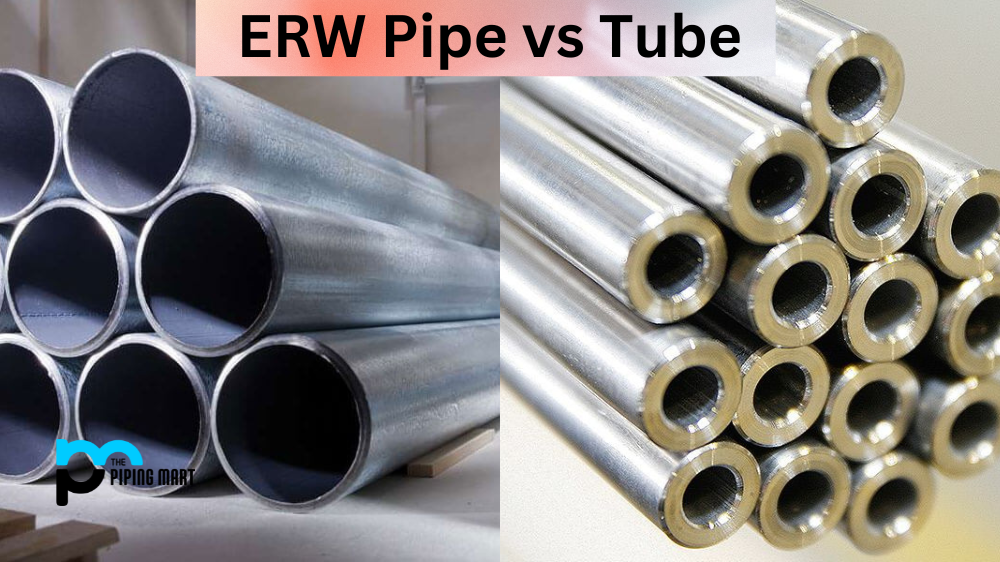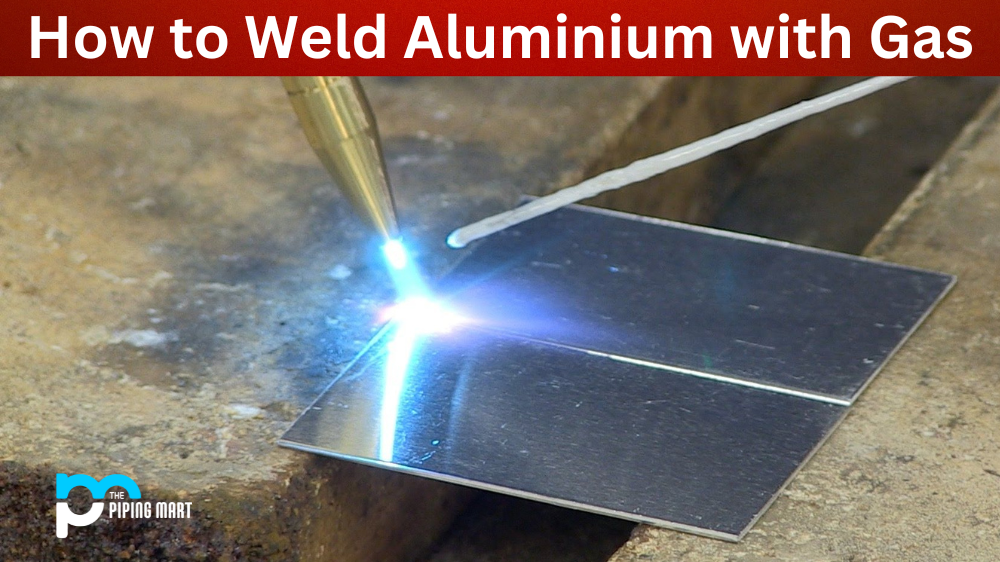Metal tubes and pipes have significant differences and play essential roles in numerous industries. While many people use the terms interchangeably, ERW pipe and tube are different. It is crucial to distinguish between these two products since each has unique applications, attributes, and designs. This article aims to outline the fundamental differences between ERW pipes and tubes.
What is ERW Pipe?
ERW stands for Electric Resistance Welded, which refers to the manufacturing process of making these products. ERW pipes and tubes start as flat pieces of steel. In manufacturing, the steel plate gets rolled into a cylinder, and an electric current passes through it. The current electrifies the edges of the steel plate, melting them together. ERW pipes are used in HVAC systems, fencing, scaffolding, and agriculture machinery where mechanical loads are not severe.
What is Tubes?
On the other hand, tubes have several shapes, such as rectangular, round, oval, or square. The most common tubing forms are seamless and welded tubes. A seamless pipe is cylindrical, while welded tubing includes laser, HF, and TIG welding. Lines are utilized in industries requiring sophisticated manufacturing techniques or applications that demand precise outside diameters and wall thickness measurements.
Differences between ERW Pipe and Tube
Size
Another difference between ERW pipes and tubes is their size. Pipes are typically designed to handle hydraulic or pneumatic fluid, which requires larger diameters than tubes. Tubes are commonly used in applications requiring smaller diameters where precision is essential.
Cost
Additionally, ERW pipes and tubes have varying cost implications. ERW pipes are more expensive than tubes. This is because they are heavier and contain more steel. The cost of ERW pipes depends on the product’s diameter, thickness, and length. Tubes, on the other hand, are usually cheaper due to their smaller size.
Durability
Finally, regarding durability, ERW pipes and tubes have different features. Lines are generally more durable than pipes because they can withstand more significant forces and have better structural integrity. However, lines have a better fatigue life span, making them more suitable for applications involving high-frequency vibrations or hydraulic pulsations.
Other Differences
- Erw pipe is made of a single piece of metal, while a tube is made of multiple pieces welded together.
- Erw pipe is typically round, while a tube can be round, square, or rectangular.
- Erw pipe is available in various sizes, while tube sizes are typically limited to those that the welding process can form.
- Erw pipe is typically used for low-pressure applications, while tube can be used for high-pressure applications.
- Erw pipe is less expensive than the tube, but it may need to be more robust and durable.
Conclusion
Understanding the difference between ERW pipes and tubes is essential when selecting the right product for your industrial application. While they may appear similar, each product has unique attributes, designs, and applications. Relevant factors to consider when choosing include size, cost, durability, and manufacturing process. By opting for the right kind of pipes or tubes, you can maximize your operational efficiency and achieve your desired results.

Abhishek is a seasoned blogger and industry expert, sharing his insights and knowledge on various topics. With his research, Abhishek offers valuable insights and tips for professionals and enthusiasts. Follow him for expert advice on the latest trends and developments in the metal industry.




